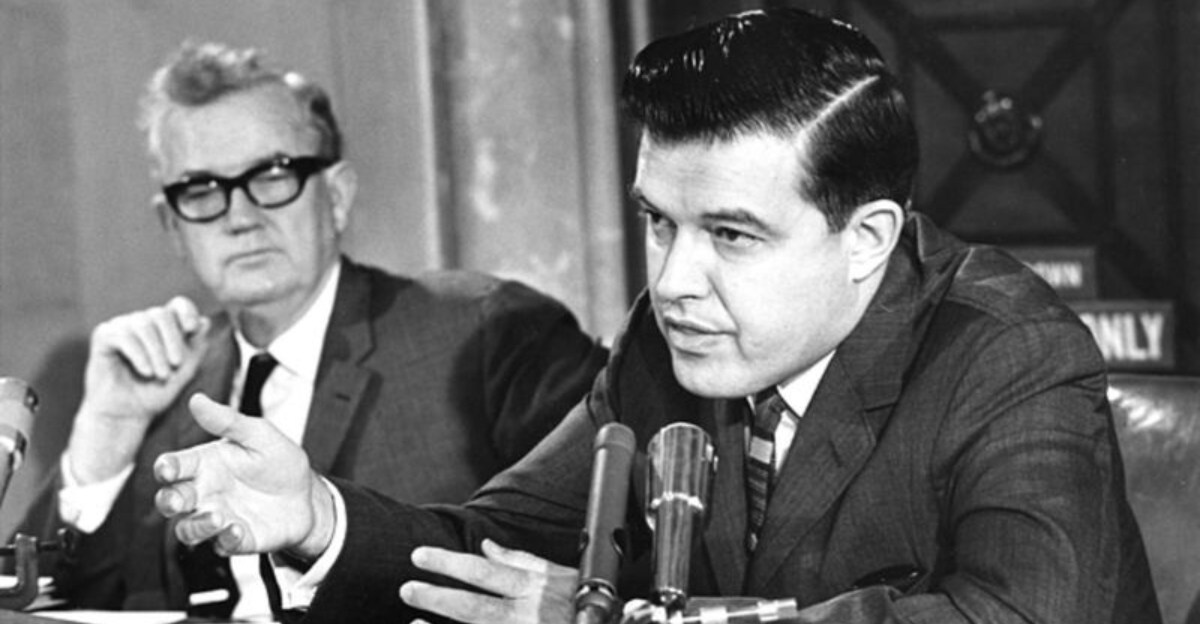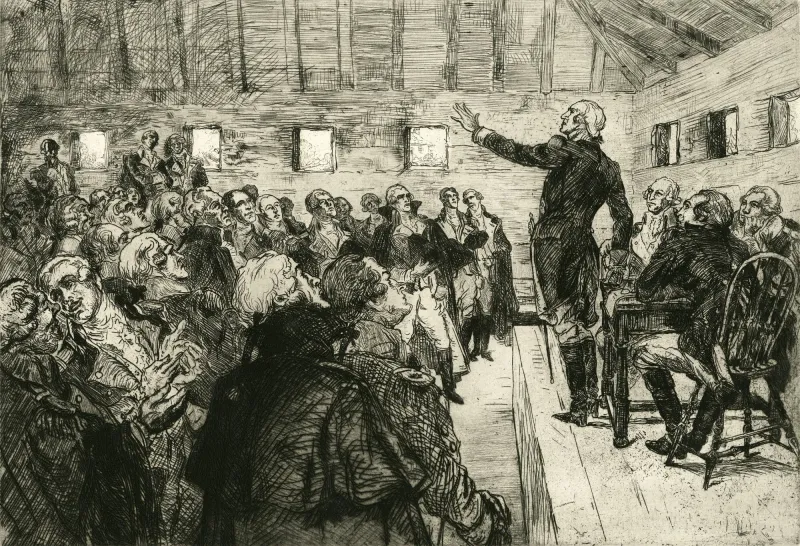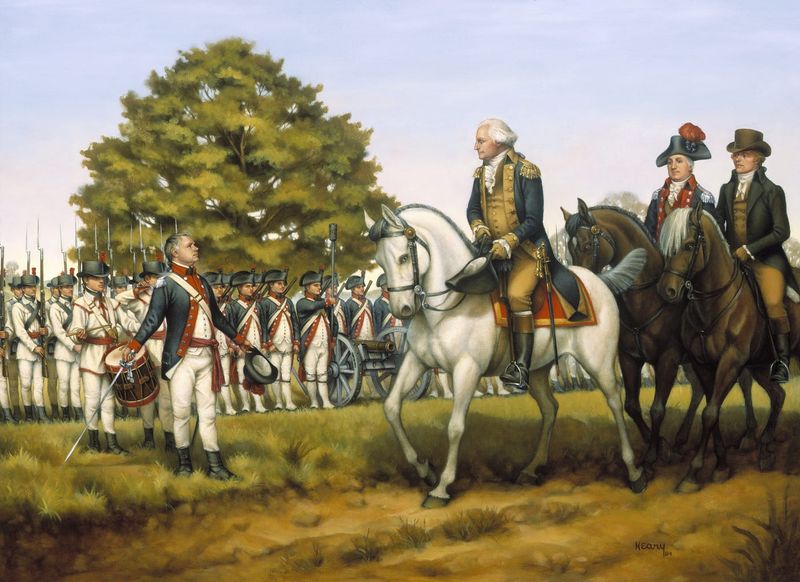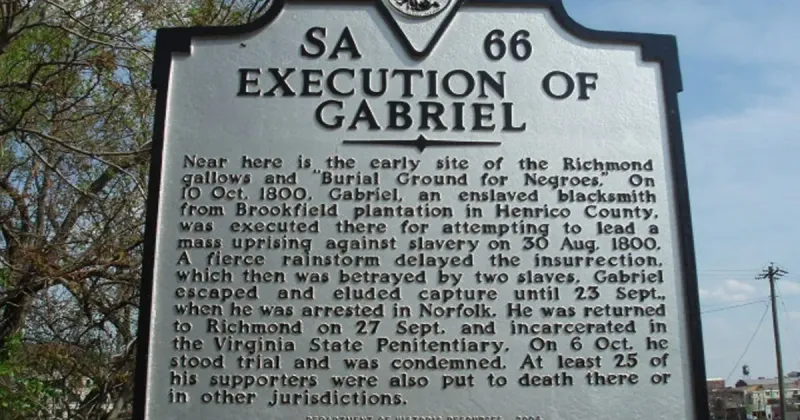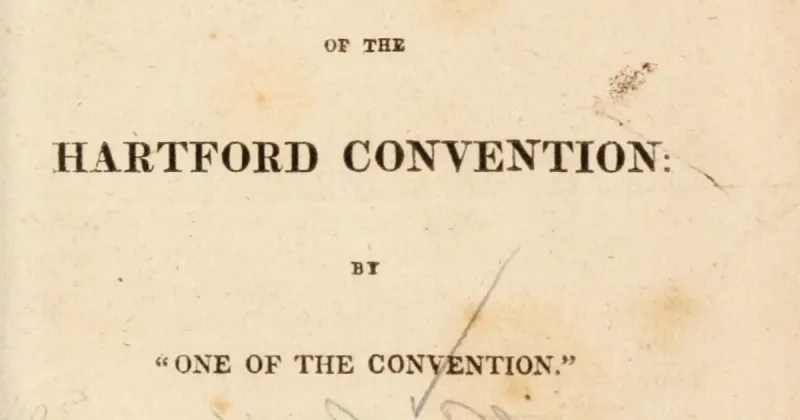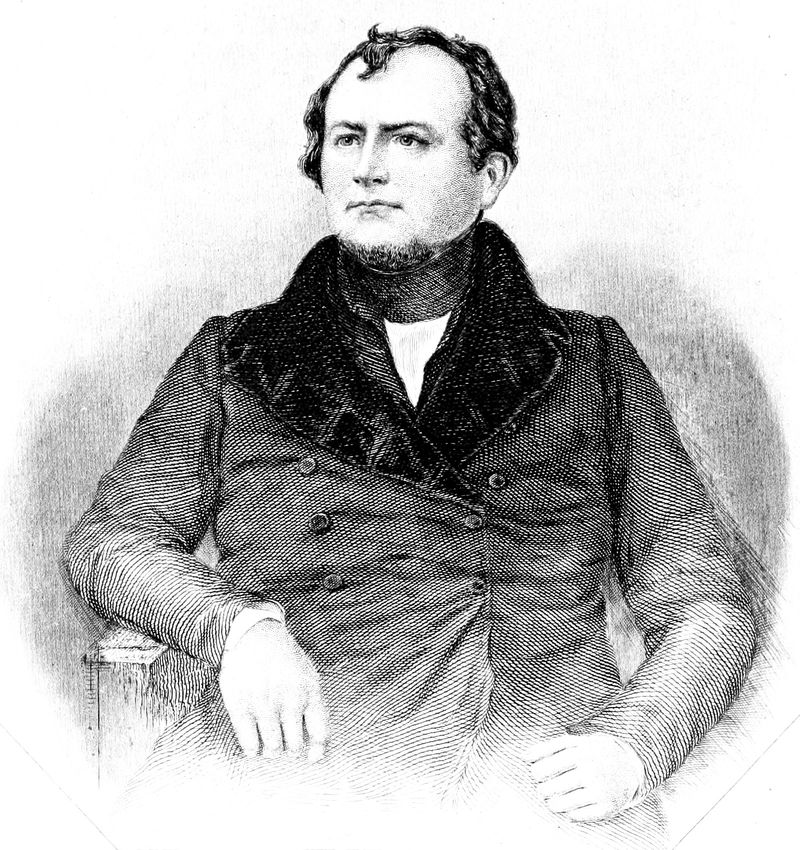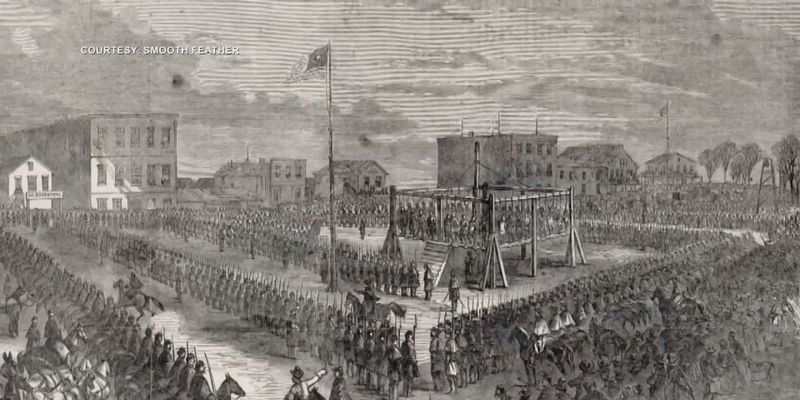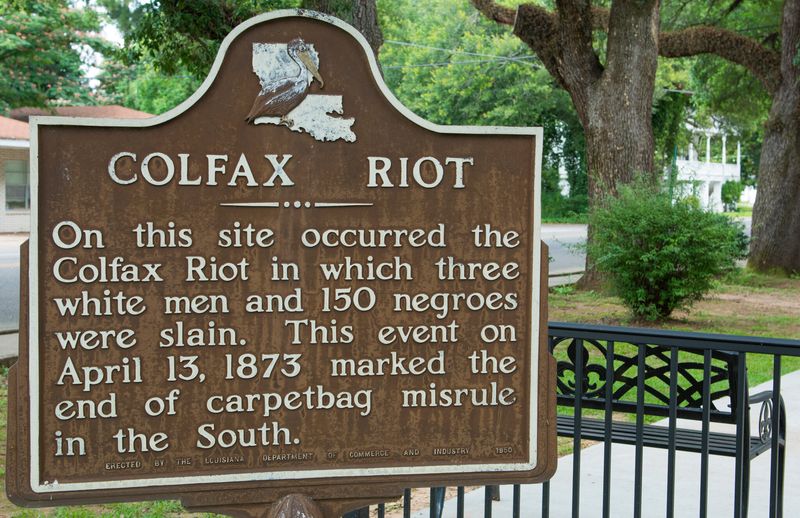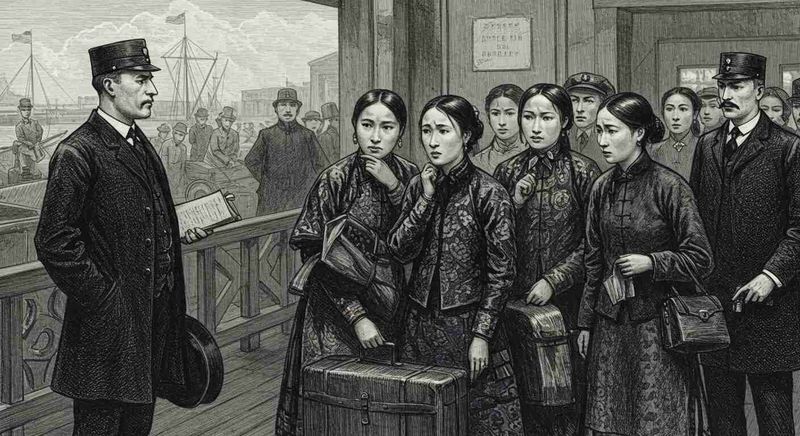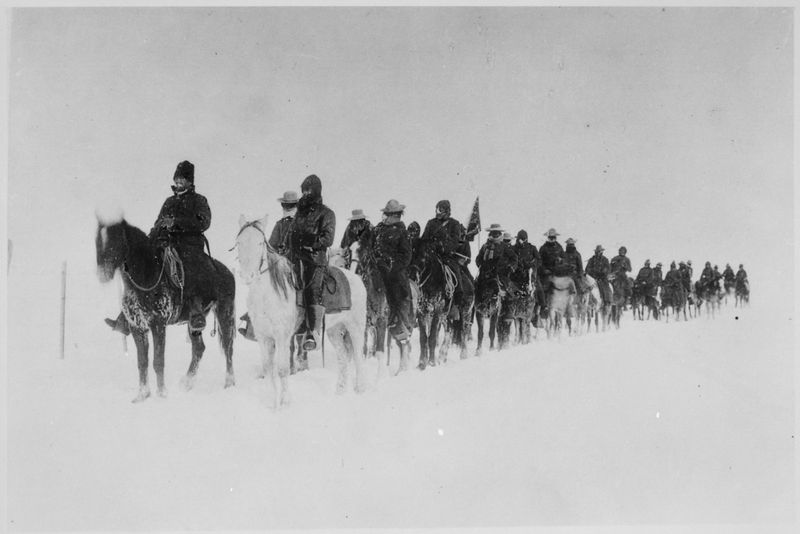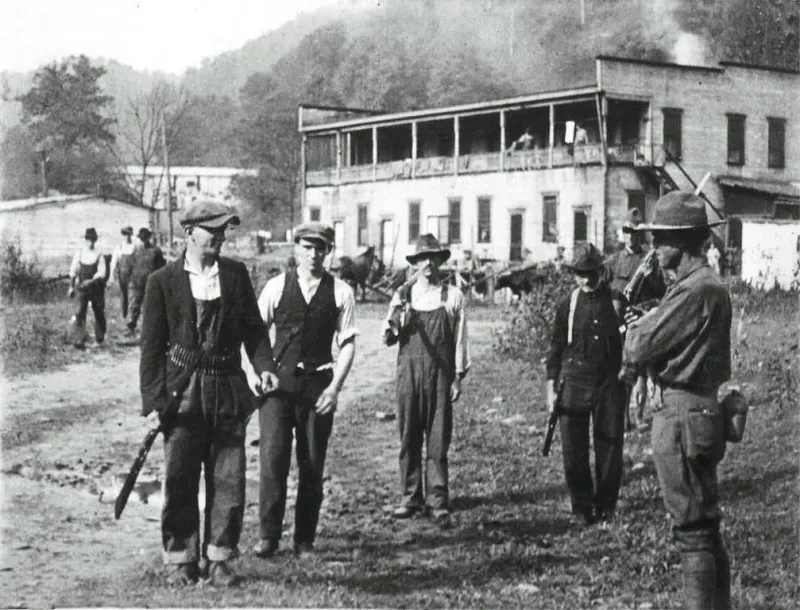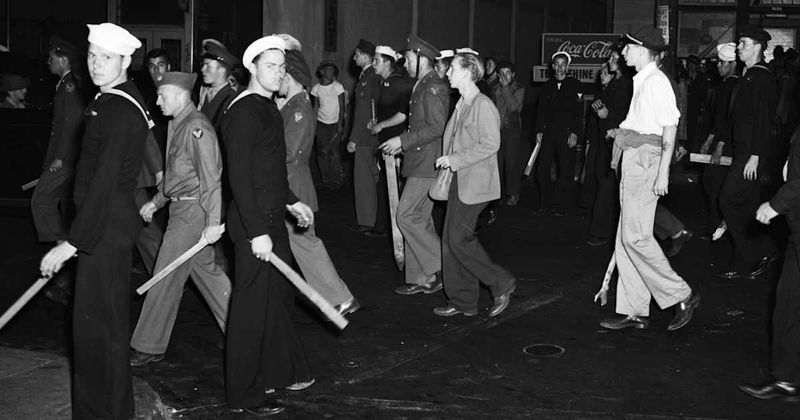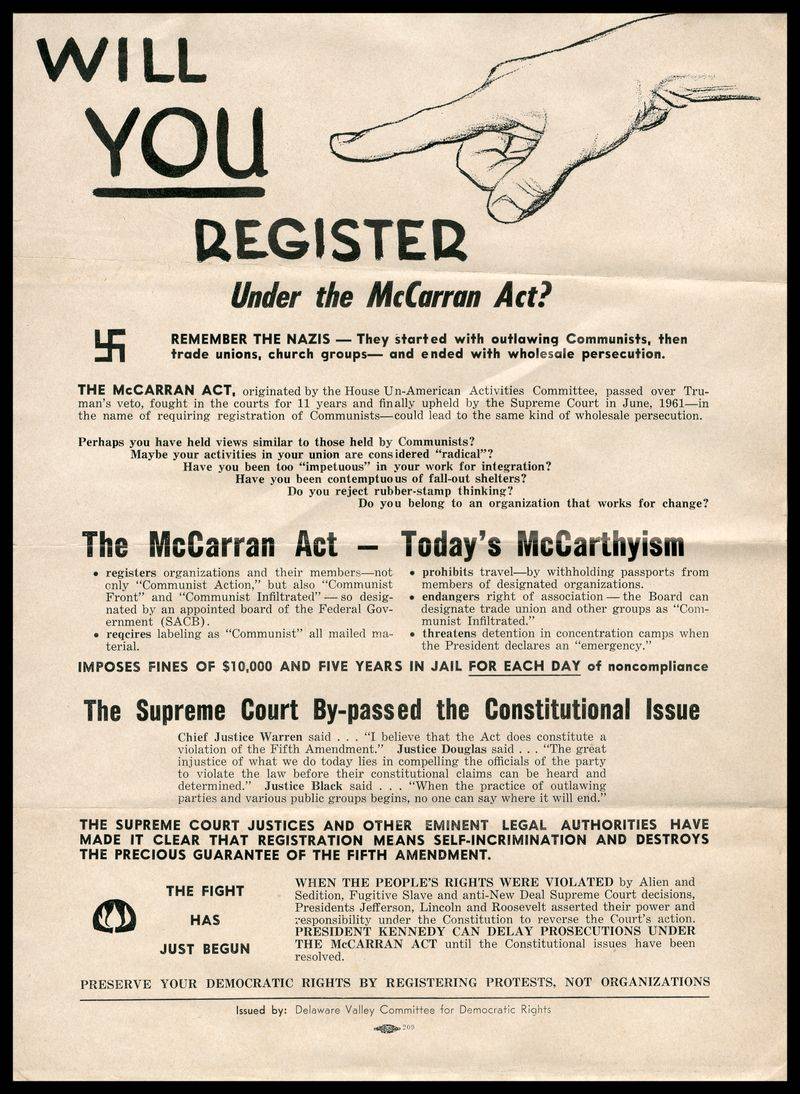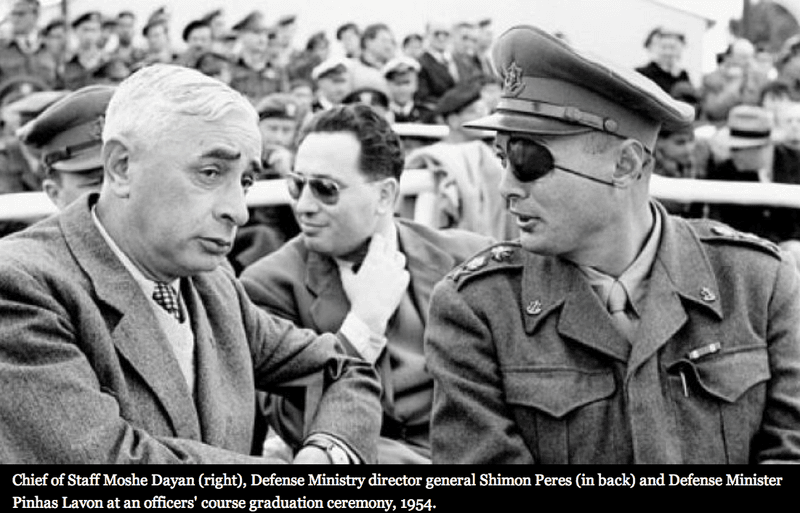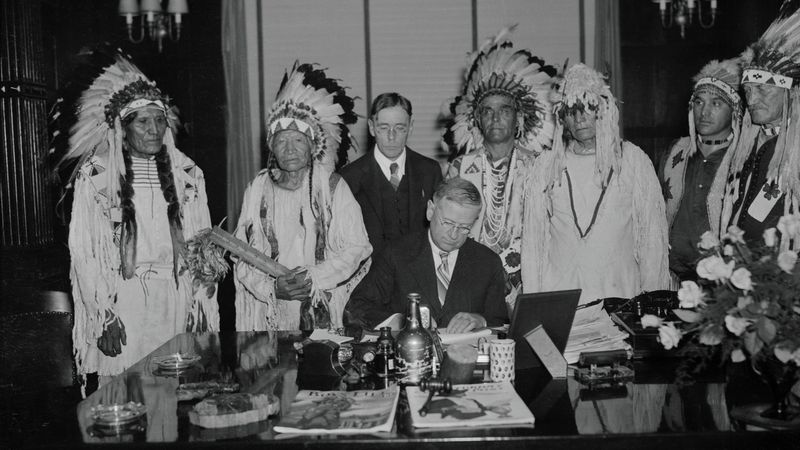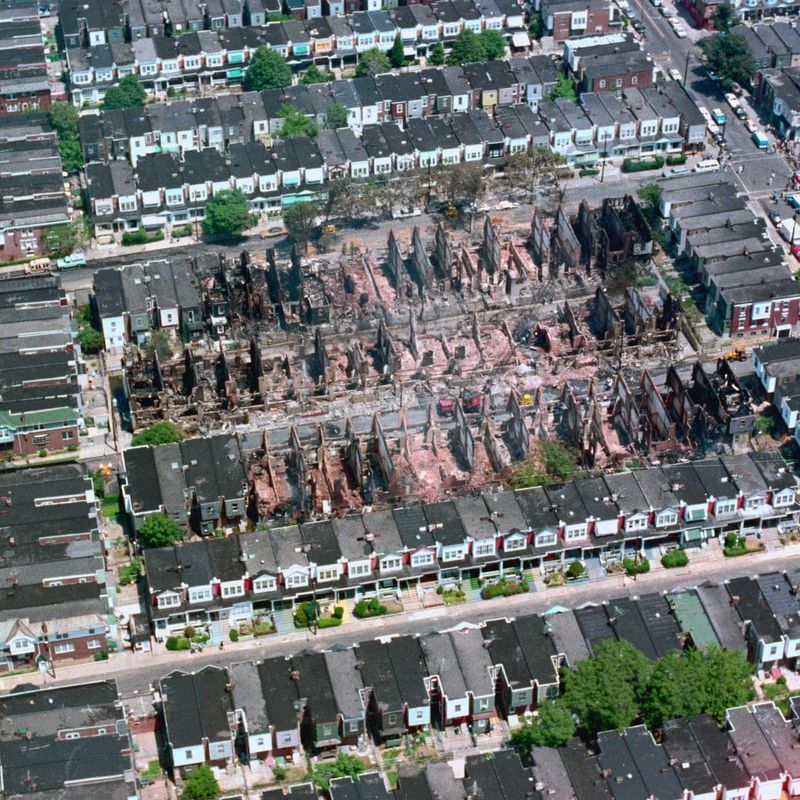American history is filled with pivotal moments, many of which are overshadowed by more celebrated events. Yet, some lesser-known turning points have profoundly shaped the nation’s trajectory.
By exploring these overlooked episodes, we gain a richer understanding of the complex tapestry that is U.S. history. These moments, though not always highlighted in textbooks, reveal the struggles, triumphs, and decisions that have quietly but significantly influenced America’s path.
From political upheavals to social revolutions, each event provides insight into the evolving identity of a nation. Here are 22 underrated turning points in U.S. history you should know.
1. The Newburgh Conspiracy (1783)
Amidst the Revolutionary War’s final days, officers in George Washington’s army plotted to challenge Congress over back pay, hinting at a potential military coup. In a pivotal meeting, Washington delivered a heartfelt speech, reminding them of their loyalty and sacrifices. His address quelled the unrest, averting a crisis and reinforcing the principle of civilian control over the military. This event highlighted Washington’s leadership and foresight, preserving the fledgling nation’s democratic ideals. Though not widely remembered, this conspiracy’s resolution was a cornerstone in establishing military subordination to elected civilian government in the United States.
2. The Whiskey Rebellion (1794)
In 1794, farmers in western Pennsylvania violently opposed a federal excise tax on whiskey, viewing it as unfair and oppressive. This rebellion tested the strength of the new national government. President George Washington personally led troops to quell the uprising, marking the first time under the new Constitution that the federal government used military force to exert authority over the states. The successful suppression of the rebellion demonstrated the federal government’s ability and willingness to enforce law and order. This set a critical precedent for federal power and its relationship with state governments.
3. Gabriel’s Rebellion (1800)
In the summer of 1800, Gabriel Prosser, a skilled blacksmith, organized a large-scale slave revolt in Richmond, Virginia. Inspired by the Haitian Revolution, Gabriel aimed to seize control of the city and negotiate freedom for enslaved people. A storm delayed the revolt, and betrayal by fellow conspirators led to its failure. The rebellion’s suppression tightened slave laws and heightened Southern fears of uprisings. Gabriel’s bold plan, though thwarted, left a legacy of resistance and highlighted the deep-rooted desire for freedom and equality among enslaved Africans in America.
4. The Hartford Convention (1814)
During the War of 1812, New England Federalists convened in Hartford, Connecticut, to express their grievances against the federal government’s policies, particularly the war. Discussions even touched on secession, reflecting deep regional dissatisfaction. However, the convention’s timing was unfortunate, as news of the Treaty of Ghent and Andrew Jackson’s victory at New Orleans undermined their position. The Federalists’ perceived disloyalty led to their political marginalization and the eventual collapse of the Federalist Party. This marked a significant shift in the U.S. political landscape, paving the way for Democratic-Republican dominance.
5. The Anti-Masonic Party Convention (1831)
In 1831, the Anti-Masonic Party held the first-ever political party convention in U.S. history, in Baltimore, Maryland. This innovative approach introduced the concept of nominating candidates through a delegate system, rather than relying on congressional caucuses. It marked the beginning of modern political campaigning and the two-party system in America. Although the Anti-Masonic Party itself was short-lived, its convention set a new precedent for political organization and public engagement. This event signaled a shift toward more democratic and participatory political processes, influencing American politics for generations.
6. The Dorr Rebellion (1842)
In the early 1840s, Rhode Island faced political turmoil as Thomas Dorr led a movement against the state’s outdated voting laws, which restricted suffrage to property owners. This rebellion highlighted the growing demand for wider electoral participation. Despite being suppressed by government forces, Dorr’s efforts spurred significant voting reforms, moving the nation closer to universal white male suffrage. The Dorr Rebellion underscored the tension between entrenched political power and the people’s demand for democratic representation, setting the stage for future suffrage expansions.
7. The U.S.-Dakota War (1862)
In 1862, tensions between the Dakota people and the U.S. government erupted into a violent conflict in Minnesota, fueled by broken treaties and starvation. Known as the U.S.-Dakota War, this struggle led to the largest mass execution in U.S. history, with 38 Dakota men hanged in Mankato. The war’s conclusion resulted in the forced removal of the Dakota from Minnesota, reshaping the region’s demographic and cultural landscape. Despite its significance, the U.S.-Dakota War remains a lesser-known chapter, reflecting broader themes of dispossession and cultural clash in American history.
8. The Colfax Massacre (1873)
In the aftermath of the contentious 1872 Louisiana governor’s election, tensions erupted into violence in Colfax. White supremacists attacked Black Republican freedmen who occupied the local courthouse, resulting in the deaths of over 60 Black men. The Colfax Massacre is often cited as the deadliest instance of racial violence during the Reconstruction era. The event signaled the federal government’s waning commitment to Reconstruction, marking a turning point in the struggle for Black civil rights. It underscored the extreme lengths to which opponents of Reconstruction would go to maintain white supremacy.
9. The Page Act (1875)
In 1875, the Page Act became one of the first federal laws to restrict immigration, targeting Chinese women. The act aimed to prevent the immigration of “undesirable” individuals, casting suspicion on Chinese women for allegedly being brought for “immoral purposes.” Though not as well-known as the later Chinese Exclusion Act, the Page Act laid the groundwork for racially discriminatory immigration policies in the United States. It marked the beginning of a long period of exclusion and hostility toward Asian immigrants, shaping the nation’s immigration landscape for decades to come.
10. The Wounded Knee Massacre (1890)
On December 29, 1890, the U.S. 7th Cavalry Regiment surrounded a group of Lakota Sioux at Wounded Knee Creek in South Dakota. A shot was fired, sparking chaos and resulting in the massacre of approximately 300 Lakota, including women and children. This tragic event effectively ended armed Native American resistance in the United States and marked the end of the Indian Wars. The Wounded Knee Massacre remains a poignant symbol of the violent conflicts and injustices faced by Native Americans during westward expansion.
11. The Ludlow Massacre (1914)
In April 1914, tensions between striking coal miners and their employers in Colorado escalated into violence. The Colorado National Guard attacked a miners’ tent colony, resulting in the deaths of at least 20 people, including women and children. Known as the Ludlow Massacre, this event became a rallying cry for labor rights advocates. It exposed the brutal conditions faced by workers and the extent to which companies would go to suppress labor movements. The massacre galvanized public opinion and led to increased support for labor reforms in the United States.
12. The Silent Parade (1917)
In July 1917, nearly 10,000 African Americans marched silently down Fifth Avenue in New York City to protest racial violence, lynching, and discrimination. Organized by the NAACP, the Silent Parade was one of the first mass demonstrations for civil rights in the United States. The marchers’ silent dignity drew attention to the injustices faced by Black Americans and marked a significant moment in the early civil rights movement. This event highlighted the power of peaceful protest and set the stage for future civil rights activism in the 20th century.
13. The Palmer Raids (1919–1920)
Between 1919 and 1920, the United States was gripped by fear of radicalism, leading to the Palmer Raids. Under Attorney General A. Mitchell Palmer, federal agents conducted mass arrests of suspected anarchists and communists, often violating civil liberties. Homes and offices were raided without warrants, and thousands were detained without due process. These actions reflected a broader Red Scare paranoia and set a precedent for future government overreach during periods of perceived threat. The Palmer Raids underscored the tension between national security and individual freedoms in American society.
14. The Battle of Blair Mountain (1921)
In 1921, the largest labor uprising in U.S. history unfolded in West Virginia, where coal miners clashed with company forces and law enforcement. Known as the Battle of Blair Mountain, this conflict stemmed from miners’ demands for union recognition and better working conditions. Over 10,000 miners participated, making it a monumental showdown in American labor history. Despite being quelled by federal troops, the battle highlighted the miners’ resilience and brought national attention to labor issues. It underscored the ongoing struggle for workers’ rights in the face of corporate power.
15. The Bonus Army March (1932)
In the depths of the Great Depression, thousands of World War I veterans, known as the Bonus Army, marched on Washington D.C. to demand early payment of promised bonuses. The veterans set up camps in the capital, hoping to convince Congress of their plight. However, the U.S. Army forcibly evicted them, burning their camps and injuring many. The violent dispersal of the Bonus Army tarnished President Hoover’s reputation and highlighted the government’s struggle to address economic hardship. It remains a pivotal moment in the history of veterans’ rights and protest in America.
16. Executive Order 8802 (1941)
In June 1941, President Franklin D. Roosevelt issued Executive Order 8802, prohibiting racial discrimination in the national defense industry and government positions. This landmark order came after pressure from civil rights activists, notably A. Philip Randolph, who threatened a march on Washington. By banning discriminatory hiring practices, the order opened new economic opportunities for African Americans and other minorities during World War II. Though limited in scope, it marked an early federal step towards civil rights, setting a precedent for future anti-discrimination legislation and paving the way for greater equality in the workplace.
17. The Zoot Suit Riots (1943)
In 1943, a series of violent confrontations erupted in Los Angeles between U.S. servicemen and Mexican American youth, known for their distinctive “zoot suits.” These riots were fueled by racial tensions and wartime anxieties, as servicemen viewed the suits as unpatriotic. Media coverage exacerbated the situation, portraying the young Mexican Americans as delinquents. The Zoot Suit Riots exposed the deep racial and cultural divides in wartime America, prompting discussions on discrimination and identity. This event highlighted the challenges of cultural coexistence and the need for greater understanding and tolerance in American society.
18. The McCarran Act (1950)
Amidst the Cold War, the McCarran Internal Security Act of 1950 required communist organizations to register with the U.S. government and established measures for the detention of subversives. This legislation reflected the era’s deep-seated fear of communism and the perceived threat of espionage. The act faced significant opposition for undermining civil liberties, yet it passed over President Truman’s veto. It set a dangerous precedent for governmental overreach and surveillance in the name of national security. The McCarran Act remains a controversial example of the balance between freedom and security during a period of heightened paranoia.
19. The Lavon Affair (1954)
In 1954, a secret Israeli operation, known as the Lavon Affair, unfolded in Egypt. Israeli agents attempted to sabotage U.S. and British interests to strain relations between Egypt and the West. The operation failed when the agents were caught, leading to a political scandal that rocked the Israeli government. Although the Lavon Affair is not widely known, it had lasting implications for U.S.-Middle East relations and highlighted the complexities of Cold War geopolitics. The incident underscored the delicate balance of espionage, diplomacy, and political maneuvering during a turbulent period in international affairs.
20. The Indian Self-Determination Act (1975)
In 1975, the Indian Self-Determination and Education Assistance Act marked a significant shift in U.S. policy towards Native American tribes. This act granted tribes greater autonomy in managing their own affairs, including education, health, and resource use. It represented a move away from federal paternalism towards self-governance and empowerment. The act’s passage was a result of persistent advocacy by Native American leaders and reflected broader social changes of the 1970s. It paved the way for modern tribal governance and fostered a renewed sense of identity and pride among Native communities across the United States.
21. The Church Committee Hearings (1975–76)
In the mid-1970s, the Church Committee, led by Senator Frank Church, conducted a landmark investigation into the abuses of power by U.S. intelligence agencies, including the CIA, FBI, and NSA. The hearings revealed shocking instances of illegal surveillance, assassination plots, and interference in domestic politics. The findings prompted widespread outrage and led to significant reforms, including the establishment of greater oversight mechanisms for intelligence activities. The Church Committee Hearings marked a turning point in the relationship between the U.S. government and its citizens, emphasizing transparency and accountability in the intelligence community.
22. The MOVE Bombing (1985)
On May 13, 1985, a confrontation between Philadelphia police and the radical Black liberation group MOVE turned deadly. Police dropped a bomb on the group’s row house, igniting a fire that killed 11 people, including children, and destroyed 65 homes. The MOVE Bombing was a rare instance of domestic aerial bombing by law enforcement in U.S. history. It sparked widespread condemnation and raised questions about police use of force and racial tensions. The event remains a controversial and painful chapter in the history of Philadelphia and American policing, highlighting issues of civil rights and state power.
